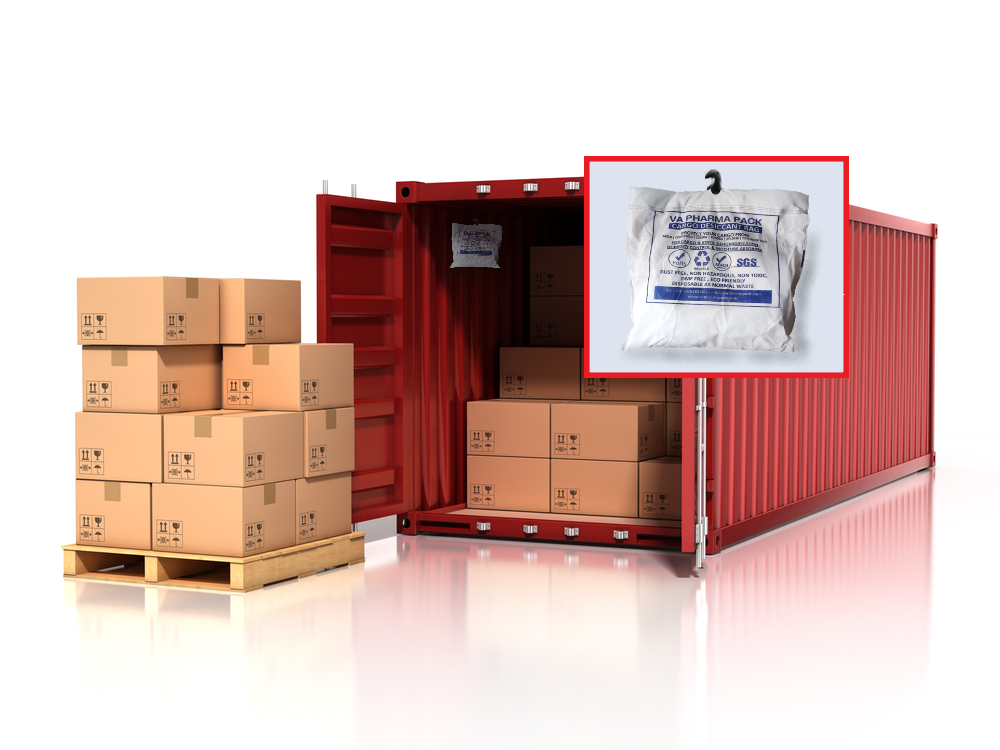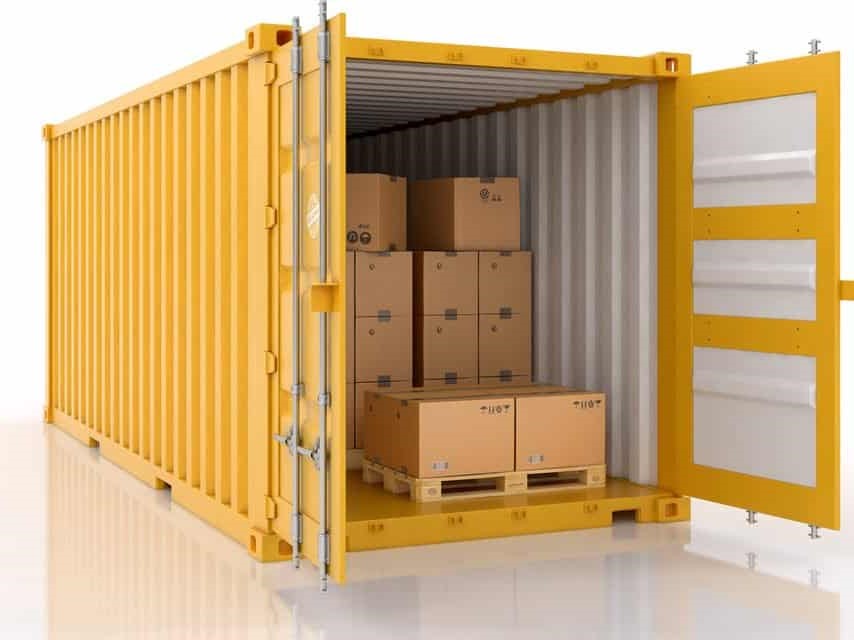Container Sweat and Condensation Issues

Condensation Issues in Organic Commodities
-
Organic and/or agricultural products retain considerable
intrinsic moisture content.
-
Considered hygroscopic cargoes which are in equilibrium
with the air in the container and can emit as well as absorb
moisture.
-
The amount of water available within a container of such
cargoes is usually much higher than containers loaded
with manufactured inorganic product.
-
Hygroscopic cargoes change temperature comparatively
slowly. Thus, when a container is shipped across climatic
zones, the cargo adjusts to the changing ambient
temperatures much more slowly than the container walls
and the air. This delay can cause considerable temperature
differences within the container; these are a major driving
force for moisture translocation and condensation.
Condensation Issues in Non-Organic Commodities
-
Cargoes which are entirely dry and do not contain measurable levels of
moisture, e.g. pure metal products and/or machinery without corrosion
protection or surface treatment
-
Extreme variances in relative humidity and dew points causing
condensation can have as damaging effect commercially as those which
are otherwise in equilibrium such as in the case of organic product.
-
A good example of an inorganic commodity presenting a high
susceptibility to condensation is steel cargoes. The main sources of
condensation damage to steel are condensation water generated by the
conveyance, intermodal container or other means of transport, the cargo
itself and within the packaging (particularly hygroscopic packaging
materials). Steel cargos require low humidity/moisture conditions and
possibly forced ventilation to minimize the condensation risk.
-
Also unsuitable means of transport such as vessels having poor hatch
covers or with inadequate ventilation means, damaged containers,
uncovered railroad freight cars and trucks, incorrect storage in the open,
use of unsuitable tarpaulins, exposed loading in wet weather conditions,
and variations in temperature and climatic conditions during long
voyages may result in rust damage.
Type Of Desiccants
-
Montmorillonite Clay
-
Silica Gel (SiO2 * H2O)
-
Molecular Sieve (Synthetic Zeolite - Na12Al03SiO2 12XH2O)
-
Calcium Sulfate (CaSO4)
-
Calcium Sulfate (CaSO4)
Application of Desiccants
-
Place desiccants throughout the stow during
loading, unfilled header areas and more at the
rear after completion of loading. Since desiccants
absorb moisture as soon as they are exposed to
air, they should be kept in original packaging
until ready for use.
-
Appropriate use of desiccant bags or strips (a
rule of thumb = 32 one-pound bags of desiccant
for a 20-foot container for a typical 30-40day
overseas voyage) depending on the following:
length of voyage, stowage during voyage: deck or
below deck.
How Desiccants Work
-
Most porous adsorbents, such as silica gel, activated clay or molecular sieves rely
upon physical adsorption rather than chemical adsorption to accomplish their
function.
-
Physical adsorption involves relatively weak intermolecular forces (van der Waals
forces and electrostatic interactions) between the moisture and surface of the
desiccant.
-
Chemisorbents, such as calcium oxide, involve an actual chemical bond. Physical
adsorption of moisture is typically exothermic. The strength of the adsorptive
bonds can thus be measured by the heat of adsorption. The higher the heat of
adsorption for moisture on the desiccant, the stronger the bonding and the less
easily that moisture can be subsequently removed.
-
In a porous desiccant such as the silica gel used by Dri-Box, water is removed
from the airspace by multi-layer adsorption, which is the attraction of thin layers
of water molecules to the surface of the desiccant. Because the desiccant is very
porous, the surface area is high and significant amounts of water can be attracted
and adsorbed;
-
By capillary condensation in which the smaller pores become filled with water.
Capillary condensation occurs because the saturation water vapor pressure in a
small pore is reduced by the effect of surface tension.
Container Stuffing (Pre / Post Completion)
-
Apply suitable dunnage to separate the cargo from the container’s walls and
floors. This cannot prevent the formation of condensation, but can
significantly reduce its commercial implications.
-
Kraft paper or similar material to line the walls and floors of containers or as
protective sheets on top of the cargo. Serves to absorb small amounts of
condensation and in some circumstances prevent or reduce staining and
similar damage.
-
All wooden packaging, skids and dunnage must be dry. Moisture content
should be less than 18%. Particular attention to the container floor is
necessary. The humidity of the wood should not be above 18%. The use of
de-humidifiers can be beneficial in very special cases to ensure a dry
container is presented for loading.
-
Use of handheld devices (moisture meter) as a cost effective means to
validating moisture monitoring process.
-
Storage of pallets in dry environment.
-
Consider the insertion of temperature and humidity indicators inside the
container to monitor internal container conditions during transit.
-
Use the results of the monitored shipments to gauge the amount of
desiccant/protection required for future shipments based on cargo and
transit lanes
Transit Issues
-
Minimize Radiation of heat at Terminals and On board Ship
-
Where possible cargoes sensitive to condensation must be
protected from the extremes of radiant heat and extreme
cold
-
Terminal stack : shaded stow required.
-
Aboard ship:under deck stow or protected inner block deck stow required.
-
Stowage Considerations:Heat sources( Bunker tanks,
engine compartments)
-
At destination, advance delivery notification is important
to enable delivery to be carried out for
sensitive/hygroscopic cargoes arriving at terminals with
near zero temperatures. In such cases the cargo can
experience what "cold shock" of first night ashore.


















